DE-ESCALATION IN A PEACEFUL PROTEST: THE ROLE OF ADULTS IN BLACK LIVES MATTER*
Despite the numerous studies on peaceful protest, social movement studies lack research on the creation and continuation of nonviolent action on the ground and the interpersonal dynamics and processes that lead to overall nonviolent movement campaigns. We focus on the microdynamics surrounding incidents of potential conflict to examine how peaceful protest strategies are sustained in the broad BLM movement in the face of heavy policing. We utilized online videos to create an original data set of Black Lives Matter protest events and identify variables that sustain nonviolence and the conditions under which they fail. We find that fellow adult participants successfully de-escalated conflict to maintain nonviolence when the protest crowd was composed of mixed generations but were less successful in predominantly young crowds. We discuss the language used to de-escalate, which varies along social identity lines, and the importance of space and nighttime.
Contributor Notes
* Views expressed in this article are the authors’ alone and do not reflect the views of the U.S. Navy or any other government or institutional affiliation. The research and writing were completed on private time, separate from our government employment or funding. We are indebted to the three reviewers for suggestions and comments that improved our manuscript. We would like to especially thank Jubriel Meneses and the researchers from our team at the Center for Modeling Human Behavior.

